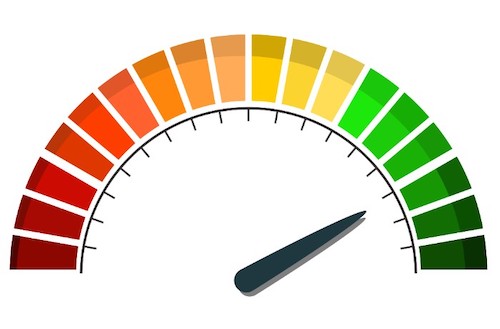In This article
The Difference Between Load Testing and Stress Testing
The software testing world is based on numerous types of tests, each with a different purpose and executed at different stages. Among these tests, Load Testing and Stress Testing are two types that are often confused. Although both are related to Performance Testing, they have distinct differences that help distinguish them.

What is Load Testing?
Load Testing is intended to check how the system performs under a large number of users simultaneously within a specified time frame, simulating real-life situations. It assesses system response time, identifies bottlenecks, and discovers bugs like code issues and memory leaks. Load Testing also determines the system’s capacity before performance degradation occurs, helping companies reduce failure costs and improve customer satisfaction.
Advantages of Load Testing
- Uncover bottlenecks and detect bugs
- Reduce system downtime risk
- Lower failure costs
- Improve customer satisfaction and user experience
What is Stress Testing?
Stress Testing evaluates the system’s behavior under extreme loads beyond its breaking point. It checks system stability, recovery after crashes, data integrity, and security issues.
Advantages of Stress Testing
- Identify the system’s breaking point
- Evaluate system recovery after crashes
- Discover security issues, data corruption, and bugs
- Assess system stability and robustness
Comparison Between Load Testing and Stress Testing
| Load Testing | Stress Testing |
|---|---|
| Simulates expected real-life user load | Tests system behavior under extreme loads beyond the breaking point |
| Uncover bottlenecks, detect bugs, assess system performance | Evaluate system stability, recovery, security, and robustness under extreme loads |
| Performance Testing | Performance Testing |
| Response time, server throughput, identify breaking point | Stability, robustness, security leaks, data corruption |
| Till breaking point | Over the breaking point |
|
|
Summary
In summary, both load testing and stress testing are essential parts of performance testing but serve distinct purposes. Load testing assesses normal user loads, while stress testing evaluates system behavior under extreme loads. Proper execution of these tests is crucial for identifying defects and ensuring software quality. Using a test management platform like PractiTest can help manage various tests effectively, ensuring the release of high-quality products that meet user expectations.
























